12 Nov Day 5 COP27
Decarbonisation day
Global Carbon Budget 2022
The accurate assessment of anthropogenic carbon dioxide emissions on the planet is measured each year. It was published today.
The redistribution of carbon dioxide between atmosphere, ocean and terrestrial biosphere is important to understand the global carbon cycle and its effect on climate change.
There are five major components of the global carbon budget:
Fossil fuel emissions ( based on energy statistics and cement production)
Land use ( mainly deforestation)
Atmospheric carbon dioxide ( measured directly)
Ocean carbon dioxide sink ( using models)
Terrestrial carbon dioxide sink (using models)
The budget is the amount of carbon dioxide given out (1,2,3) minus the amount of carbon dioxide taken in by the sinks (4,5).
In a world without climate change and man made emissions, a natural carbon cycle would enable these values to be roughly equal. They are not. A lot more carbon dioxide is given out compared to taken in.
Fossil fuel emissions increased by 5.1%
Atmospheric carbon dioxide 2022 is 417.2ppm 4 ppm up from 414.7 in 2021 and 51% above pre industrial levels (278ppm).
We are not on track to keep our warming to less than 1.5 degrees.
You can download the report here.
Pictures can speak a thousand words. These diagrams from the report need no explanation as they stand tall giving the general public a graphic picture of what is happening to our planet due to human activity.
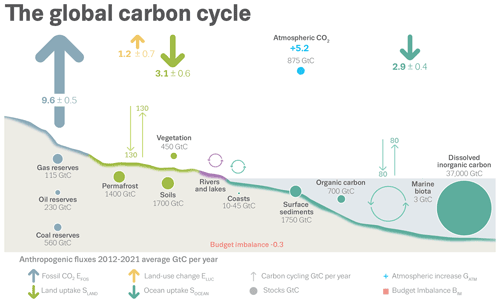
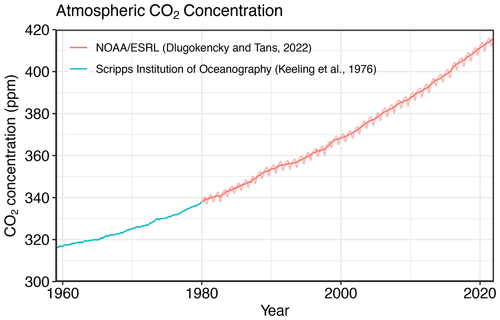
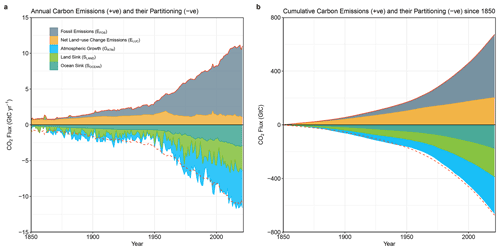
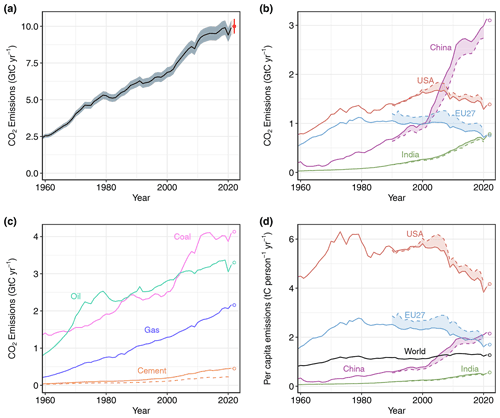
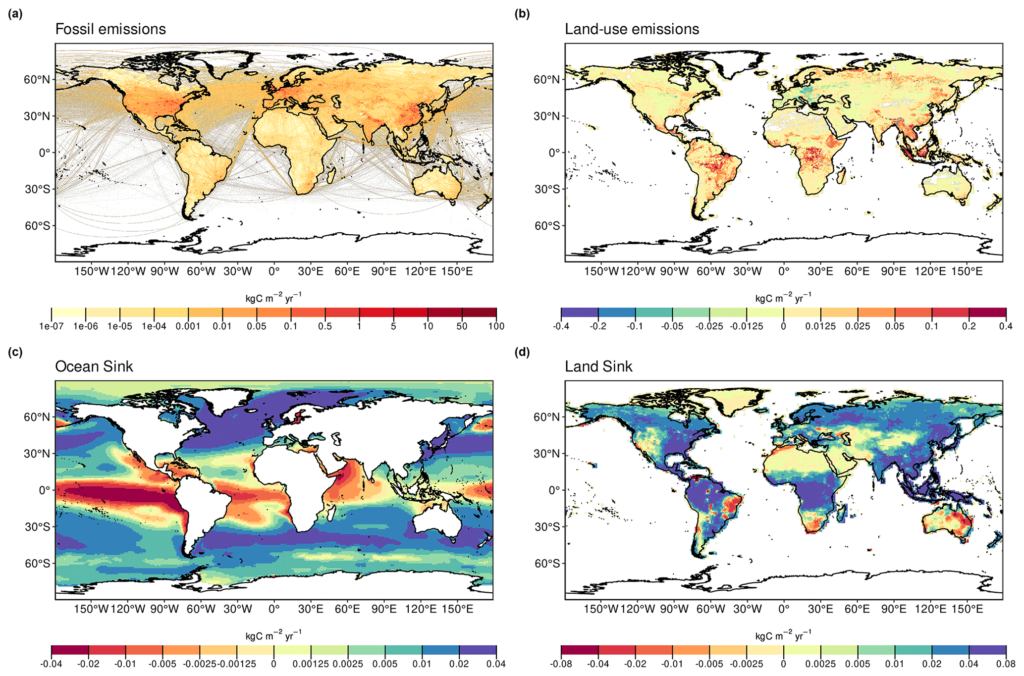

The Breakthrough Agenda: a master plan to accelerate decarbonization of five major sectors
Summary: countries set out priority actions to decarbonise power transport, steel, scale up low level hydrogen emissions and accelerate the shift to sustainable agriculture. This was launched at COP26 and some of countries haven now put together plans to implement it.
editors note: why so slow…. come up with what is needed and wait for a year to put together a plan to implement. Will it take another year to actually do something suggested in this document?
IPCC: The window is tight, but there is hope
The more we use our proven low-carbon solutions to cut emissions within the 2020s, the greater our chances of securing a healthier, safer and more liveable future in the long-term. The more we delay action, burn fossil fuels and destroy nature, the more brutal climate change will become.
The findings are dire; the window is tight. The world has already used about four-fifths of the carbon budget that would give us a 50% chance of staying within 1.5°C.



No Comments